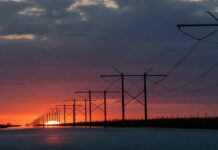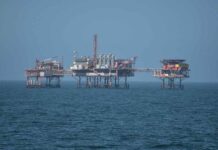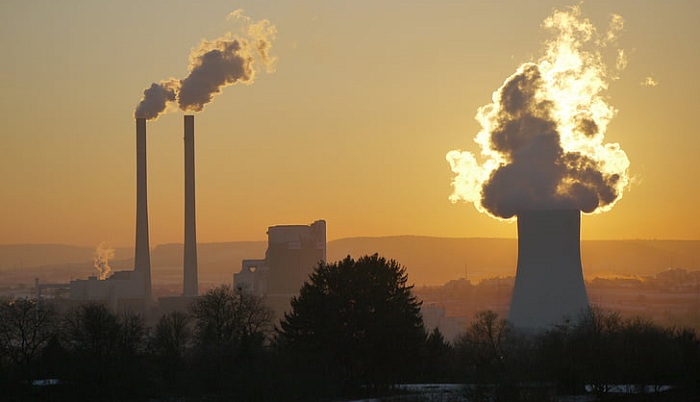South Korea plans to increase the capacity of its LNG-based power plants by 43% over the next 13 years, moving to 59.1 GW in 2034 from 41.3 GW of capacity in 2020. The country’s long-term energy transition blueprint will also reduce reliance on coal-fired plants and nuclear reactors.
The long-term Basic Plan for Power Supply 2020-34, announced by the Energy Ministry on December 29, outlines the closure of 30 ageing coal-fired power plants, or half of the coal-fired power stations currently under operation in South Korea.
Of those 30, 24 plants with a combined capacity of 12.7 GW will be converted into natural gas–fired power plants, which would boost the country’s LNG demand and imports, the blueprint said.
“(Some) coal-fired power plants whose 30-year operational life cycles will expire by 2034,” a senior official said. “As a result, 30 coal power plants with a combined capacity of 15.3 GW will retire by then.”
“In order to make up for an electricity shortage that will result from the planned closures of the coal power plants, 24 of them with a combined capacity of 12.7 GW will be converted into LNG-fired ones,” the official said.
As a result, the portion of coal within the country’s power generation capacity mix will be lowered to 15% by 2034 from 28.1% in 2020.
The long-term plan estimates that South Korea’s power demand would reach 102.5 GW in 2034 from 90.3 GW in 2020, with its annualized growth rate coming at 1%.
South Korea releases its long-term energy blueprint every two years.






































